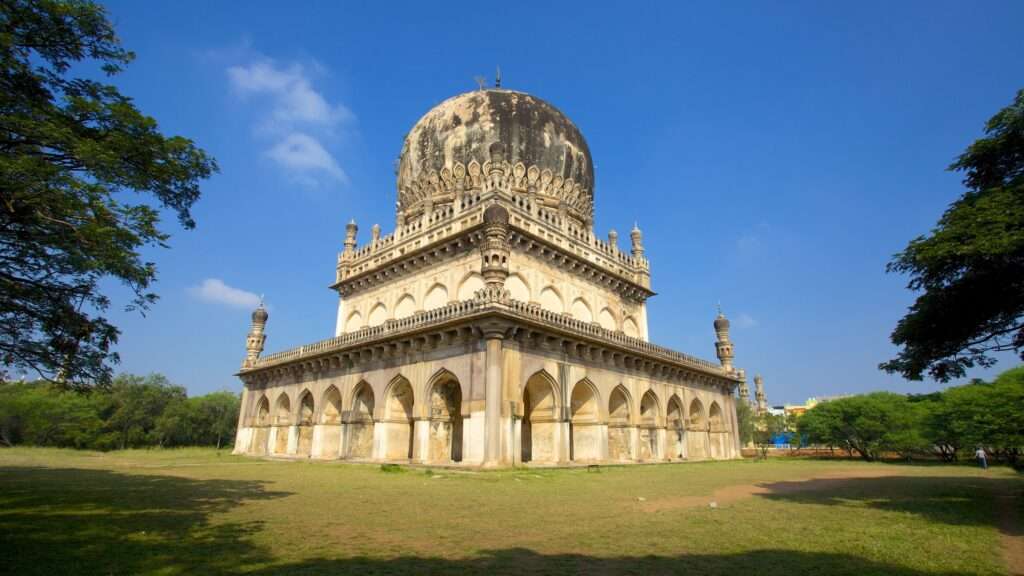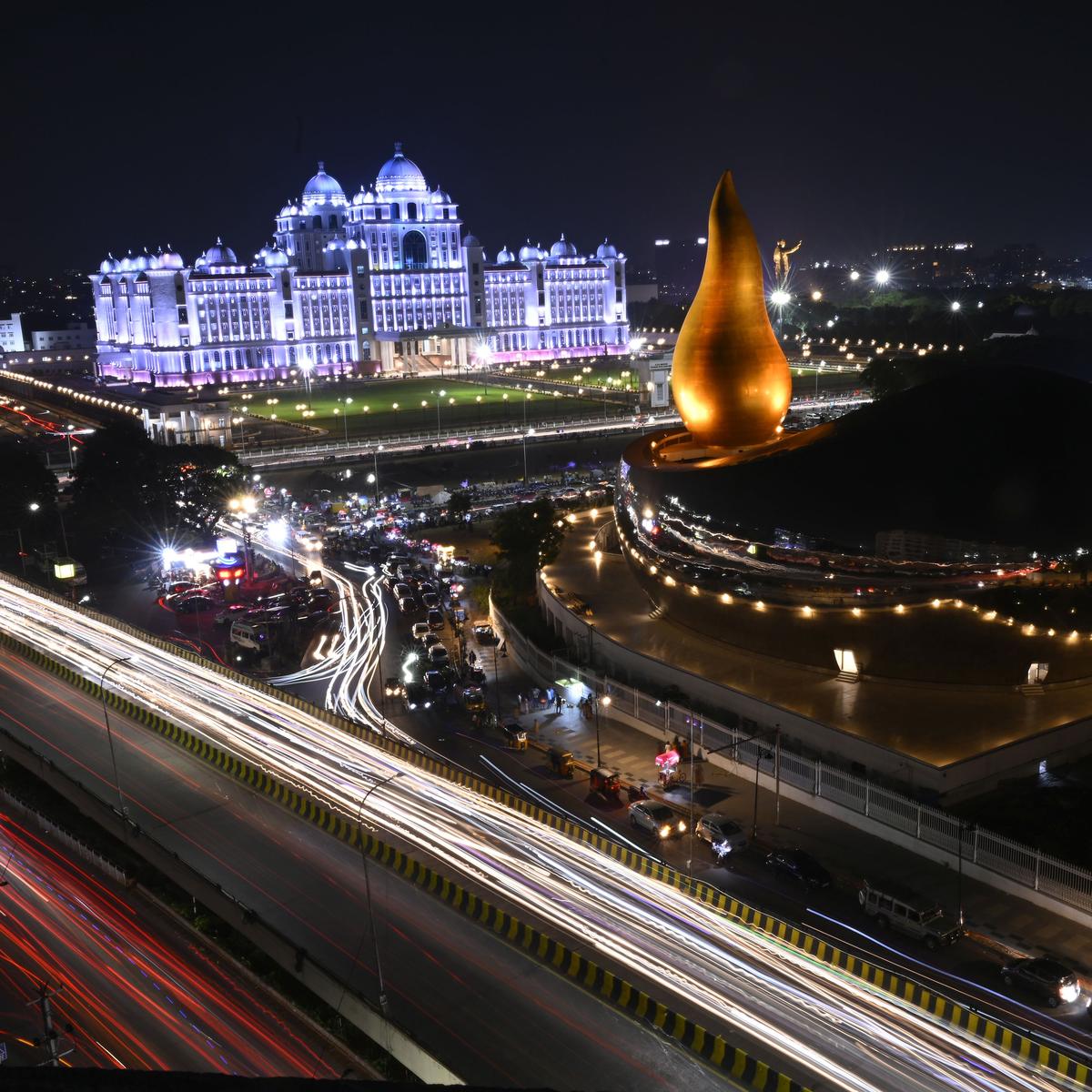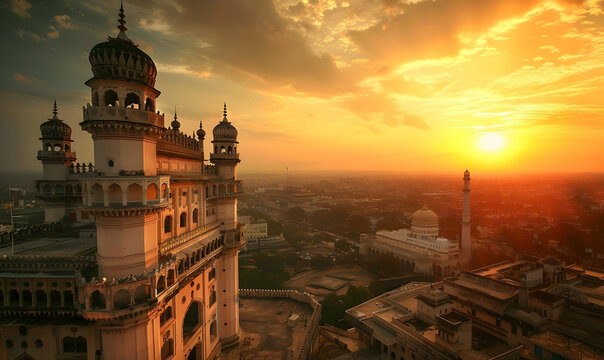Telangana, the youngest state of India, is a region steeped in history, culture, and tradition. Officially formed on June 2, 2014, after years of demand for statehood, Telangana emerged from Andhra Pradesh to reclaim its distinct identity. However, its history stretches far beyond its recent political transformation. Telangana’s narrative is interwoven with the rise and fall of dynasties, cultural amalgamation, and the resilience of its people.
Ancient Telangana: The Dawn of Civilization
Telangana’s history dates back to prehistoric times, with evidence of human habitation found in caves and stone implements scattered across the region. The Satavahana dynasty (2nd century BCE to 2nd century CE) marked the first significant chapter in the region’s history. The Satavahanas, known for their maritime trade and patronage of Buddhism, left behind stupas and sculptures, some of which can still be found in areas like Amaravati and Nagarjunakonda.
The region also witnessed the rule of the Ikshvaku dynasty, known for their architectural contributions and propagation of Buddhism. Telangana’s ancient history is deeply rooted in its cultural and spiritual growth during these periods.
The Era of the Kakatiyas: A Golden Chapter
The Kakatiya dynasty (12th to 14th century) was a defining era in Telangana’s history. The rulers of this dynasty, with Warangal as their capital, contributed immensely to the region’s cultural and architectural heritage. The Kakatiya rulers were renowned for their administrative reforms, irrigation systems, and temple architecture.



The Thousand Pillar Temple in Hanamkonda and the Warangal Fort stand as testaments to their architectural brilliance. The iconic Kakatiya Kala Thoranam, or the Warangal Gate, has been adopted as the state emblem of Telangana, symbolizing the dynasty’s enduring legacy.
The Bahmani and Qutb Shahi Periods: A Blend of Cultures
With the decline of the Kakatiyas, Telangana came under the rule of the Delhi Sultanate, followed by the Bahmani Sultanate in the 14th century. Later, the Qutb Shahi dynasty rose to prominence, establishing Hyderabad as their capital in the late 16th century. The Qutb Shahis are credited with founding the iconic Charminar and constructing the Golconda Fort.



During this period, Telangana became a cultural melting pot, with Persian, Turkish, and indigenous traditions blending to create a unique identity. Literature, music, and architecture flourished, leaving a lasting impact on the region.
The Asaf Jahi Dynasty: The Era of the Nizams
In the 18th century, the Asaf Jahi dynasty, or the Nizams of Hyderabad, emerged as the rulers of Telangana. The Nizams governed with a semi-autonomous status under British rule, making Hyderabad one of the most prosperous princely states in India.
This era saw significant advancements in infrastructure, education, and cultural patronage. The Nizams were known for their philanthropy and the establishment of institutions like Osmania University and the Salar Jung Museum. Their legacy is evident in the region’s architectural landmarks, including the Chowmahalla Palace and Falaknuma Palace.
Post-Independence Struggles: The Road to Statehood
After India gained independence in 1947, Hyderabad State was integrated into the Indian Union in 1948 through Operation Polo. In 1956, Telangana was merged with Andhra State to form Andhra Pradesh, despite protests from Telangana’s people.
The following decades saw a growing demand for a separate Telangana state, fueled by cultural and economic disparities. The Telangana movement gained momentum in the late 20th and early 21st centuries, culminating in the bifurcation of Andhra Pradesh and the formation of Telangana on June 2, 2014.
Telangana Today: A Blend of Heritage and Progress
Since its formation, Telangana has emerged as a vibrant state, balancing its rich historical heritage with rapid economic development. Hyderabad, its capital, serves as a global hub for technology and innovation while retaining its cultural charm. Telangana’s tourism sector has grown significantly, attracting visitors to its historical sites, temples, and natural wonders.
The state government has taken measures to preserve and promote Telangana’s heritage, ensuring that its historical legacy continues to inspire future generations.
Conclusion
Telangana’s history is a journey through time, marked by the rise and fall of empires, the blending of cultures, and the indomitable spirit of its people. From its ancient roots to its modern resurgence, the region continues to captivate and inspire. A visit to Telangana is not just a travel experience but a walk through the corridors of history.



